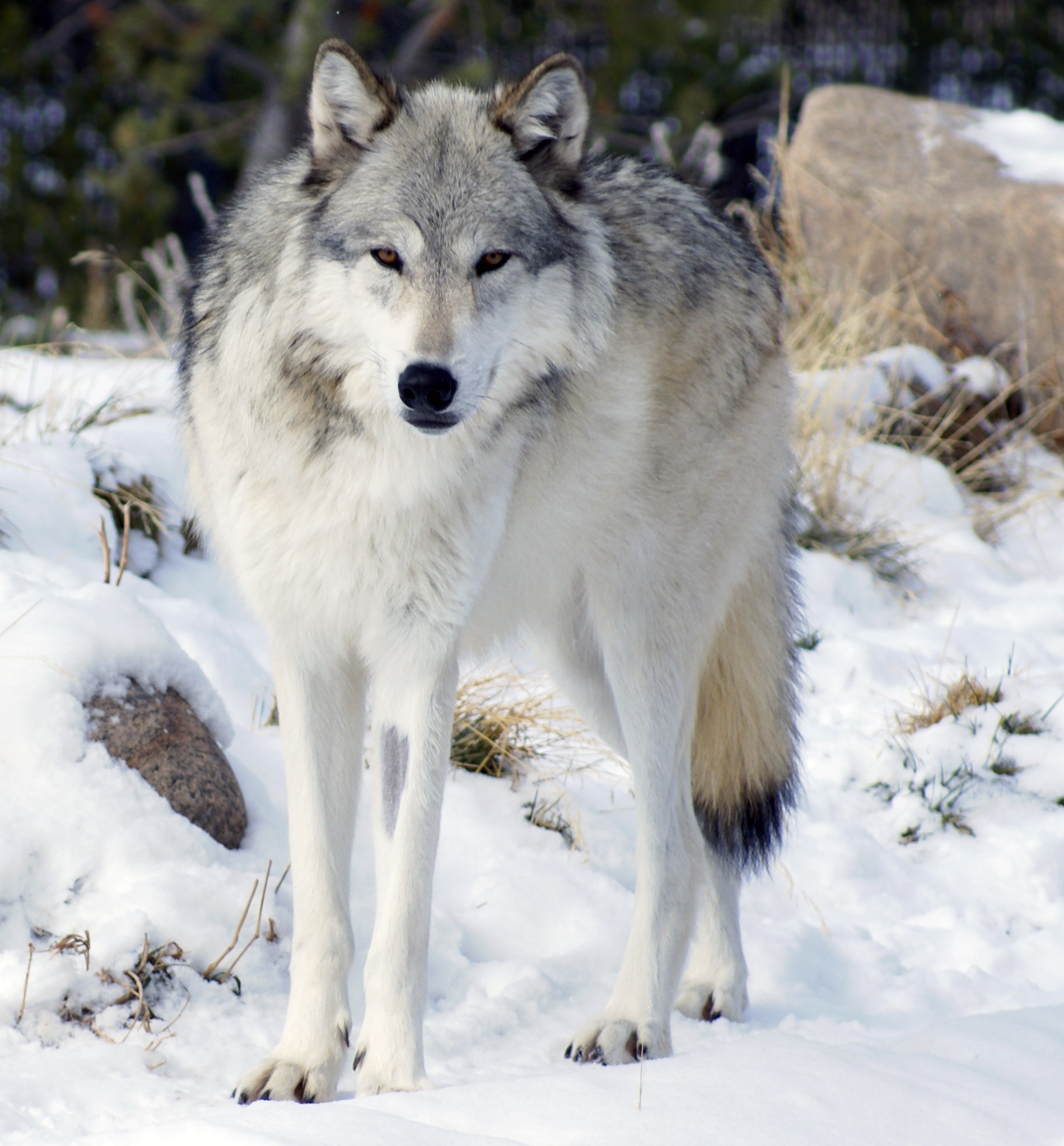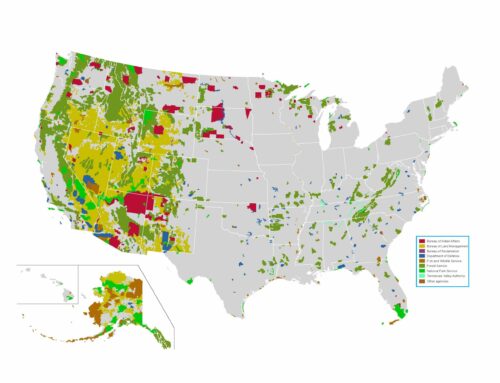by Greg Walcher, E&E Legal Senior Policy Fellow
As appearing in the Daily Sentinel
In 1998 the government added “Preble’s Meadow Jumping Mouse” to the endangered species list, a decision that has cost Front Range communities millions. The state argued that this “subspecies” is no different than ordinary field mice everywhere. A respected geneticist at the Denver Museum of Nature and Science published DNA-based test results proving that these various mice are genetically identical. The government still refuses to accept those findings, insisting on maintaining the geographic integrity of “subspecies” that are not very different. When Colorado suggested introducing other mice of the same species (but different “subspecies”) to recover a healthy population, federal agencies and environmental industry groups were adamantly against it. Keeping “subspecies” separate is a vital goal of wildlife management. Except when it isn’t.
Consider the extreme importance biologists place on many “subspecies,” such as northern spotted owl, Mexican spotted owl, Gunnison sage grouse, and greater sage grouse. Today, Colorado voters are asked to decide whether to require wildlife experts (against their own judgment) to introduce wolves to the Western Slope. Proponents argue that we should restore these noble natives, missing from our landscape since the 1940s. A worthy thought perhaps, but the wolves they propose to bring in are not native. They are a distinctly different subspecies, and in this case, advocates say that doesn’t matter at all.






